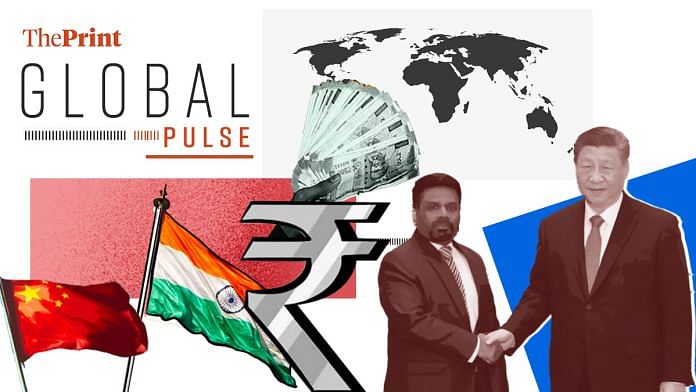New Delhi: India’s economy, the world’s fastest-growing, is ailing, and monetary policy hasn’t yet figured out how to stem the flow. The Financial Times is understandably worried about the future of the Indian economy. Their latest report on the rupee’s decline and its implications for inflation also includes concerns about the direction of monetary policy: what will the RBI’s new Governor Sanjay Malhotra do?
“Stubbornly persistent inflation, which has eroded the spending power of hundreds of millions of poor and middle-class Indian households, lies at the heart of the RBI’s dilemma,” FT reports.
Malhotra took office last month, and had said he expected India’s economy to recover in 2025. “He indicated the RBI would prioritise supporting ‘a higher growth path’ after his predecessor Shaktikanta Das was criticised by the government for keeping borrowing costs elevated,” writes FT.
The RBI has to regularly intervene to prop up the rupee. But recently, there’s been no strong action: some economists reportedly speculate that the inaction in halting the rupee’s fall indicates a “more market-driven view of the currency that could boost exports”.
Moving on to another cause of concern for global media: India’s relationship with China. The Washington Post carries an AP wire on the Indian navy’s recent launch of a submarine and warships, noting India’s commitment to fortifying its presence in the Indian Ocean.
“The situation in the Indian Ocean region is challenging with the Chinese navy, India’s main rival, growing exponentially,” the article says.
The commissioning of three major naval combatants is a significant step, also underscoring India’s various defense partnerships. The submarine is the sixth French license-built Scorpene submarine, now the 16th submarine in India’s fleet.
“India’s defense ministry is expected to conclude a deal for three additional Scorpene submarines to be built in India during Modi’s likely visit to Paris next month to attend the Artificial Intelligence Action Summit hosted by French President Emmanuel Macron,” the article says, indicating deepening bilateral relations between India and France.
India had also commissioned its first aircraft carrier—built entirely in India—in 2022 to counter China’s ever-expanding fleet.
China, meanwhile, seems to be gloating over Sri Lankan president Anura Kumara Dissanayake’s first meeting with Xi Jinping since taking office. China was once seen as having the upper hand over India in Sri Lanka, but the tables seem to be turning. While Dissanayake’s ascent to power in September signalled a win for China, his first ever state visit to India in December proved warm and cordial, with reaffirmed regional commitments.
Now, it’s China’s turn, according to Global Times.
“Noting that China and Sri Lanka enjoy a traditional friendship, Xi said bilateral relations have maintained healthy and stable development over the past 68 years, setting an example of friendly coexistence and mutually beneficial cooperation between different countries,” writes Global Times. “With joint efforts, China and Sri Lanka have continuously promoted strategic cooperative partnership featuring mutual assistance and ever-lasting friendship.”
China and Sri Lanka are old friends, the piece says, before abruptly switching gears to take a potshot at Indian media, quoting from articles that Global Times says are clearly biased against China.
“Experts pointed out that India’s wariness of China’s presence in the Indian Ocean primarily stems from New Delhi’s narrow geopolitical perspective where India views South Asia as its own sphere of influence and does not respect other countries’ rights to develop friendly and cooperative relations with China,” the piece says.
India needs to move on, the story says. “If India cannot move beyond its narrow geopolitical thinking, it will be difficult to advance the development of South Asia,” it concludes.






